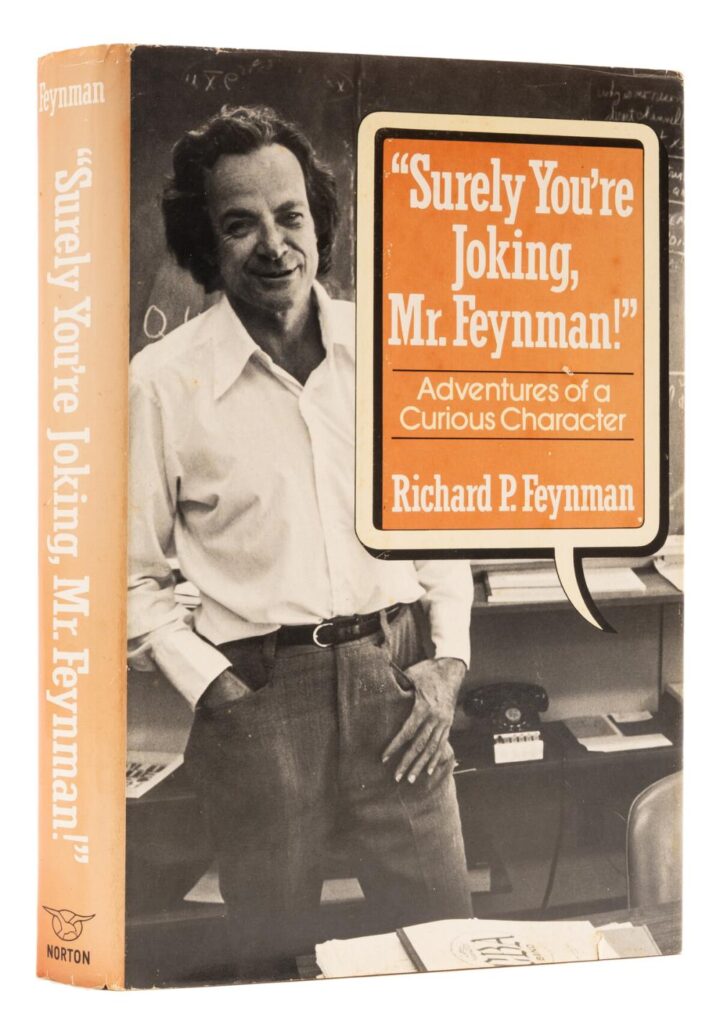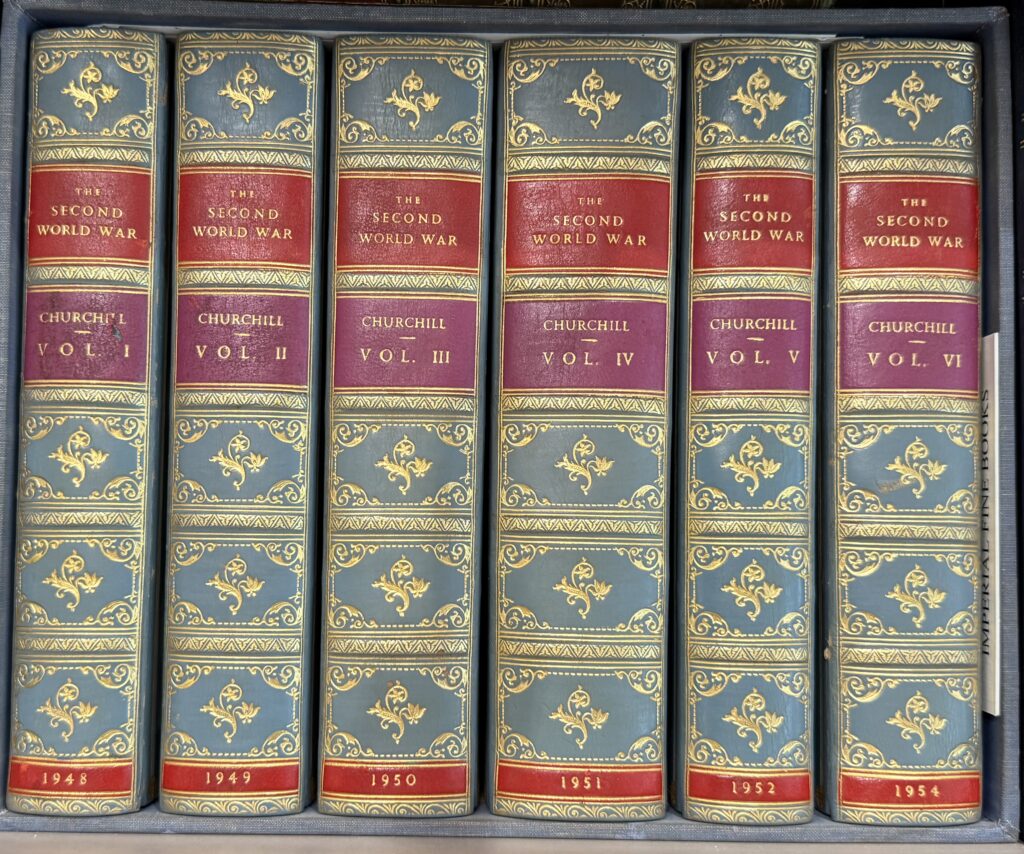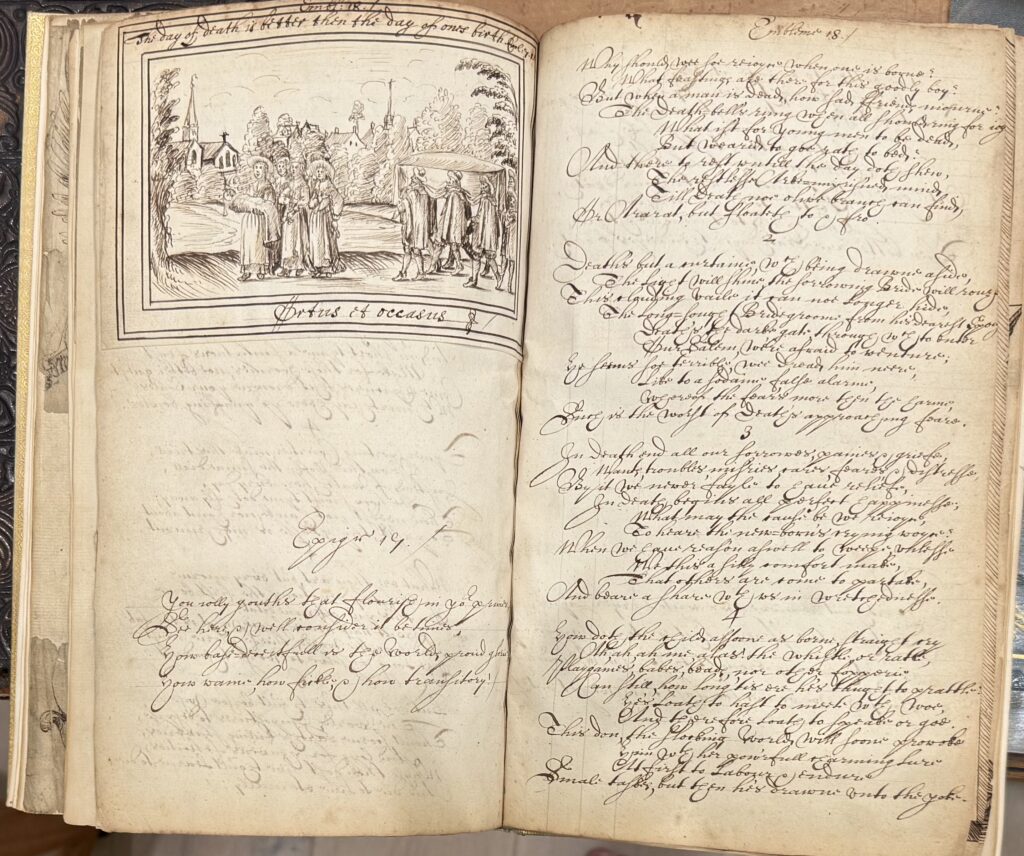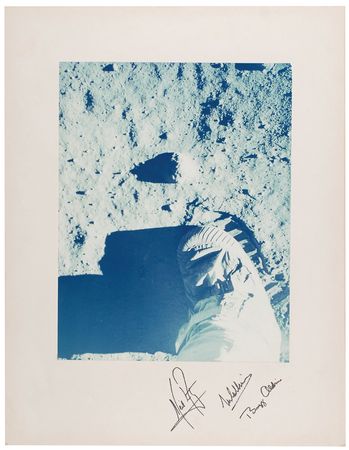IMPOSSIBLY RARE FIRST EDITION OF ‘WE SEVEN’ SIGNED BY ALL MERCURY 7 ASTRONAUTS
Sought-after signed book: We Seven. First edition, first printing. NY: Simon & Schuster, 1962. Hardcover with excellent dust jacket, 6.75 x 9.5, 352 pages. Signed and inscribed on the first free end page in various inks by every one of the Mercury 7 astronauts, “Best regards to David R. Zimmerman—J. H. Glenn, Jr.,” “Gus Grissom,” “Alan B. Shepard, Jr.,” “D. K. Slayton,” “Scott Carpenter,” “W. M. Schirra, Jr.,” and “Gordon Cooper.” Autographic condition: fine, with a date notation to the top of the page, and notes of provenance on the reverse. Book condition: VG+/VG.
The Mercury Seven were the group of seven astronauts selected to fly spacecraft for Project Mercury. They are also referred to as the Original Seven and Astronaut Group 1. Their names were publicly announced by NASA on April 9, 1959: Scott Carpenter, Gordon Cooper, John Glenn, Gus Grissom, Wally Schirra, Alan Shepard, and Deke Slayton. The Mercury Seven created a new profession in the United States, and established the image of the American astronaut for decades to come.
All of the Mercury Seven eventually flew in space. They piloted the six spaceflights of the Mercury program that had an astronaut on board from May 1961 to May 1963, and members of the group flew on all of the NASA human spaceflight programs of the 20th century – Mercury, Gemini, Apollo, and the Space Shuttle.
Shepard became the first American to enter space in 1961, and walked on the Moon on Apollo 14 in 1971. Grissom flew the first crewed Gemini mission in 1965, but died in 1967 in the Apollo 1 fire; the others all survived past retirement from service. Schirra flew Apollo 7 in 1968, the first crewed Apollo mission, in Grissom’s place, and became the only astronaut to fly Mercury, Gemini and Apollo missions. Cooper piloted the last Mercury spaceflight, Mercury-Atlas 9, in 1963, and in 1965 became the first astronaut to make a second orbital flight when he flew as command pilot of Gemini 5. Carpenter flew Mercury-Atlas 7 in 1962. He later took leave of absence to join the U.S. Navy SEALAB project as an aquanaut, but in training suffered injuries that made him unavailable for further spaceflights.
Slayton, grounded with an atrial fibrillation, ultimately flew on the Apollo–Soyuz Test Project in 1975. The first American in orbit in 1962, Glenn flew on the Space Shuttle Discovery in 1998 to become, at age 77, the oldest person to fly in space at the time. He was the oldest member of the Mercury Seven, and the last living member of the group when he died in 2016 at age 95.




